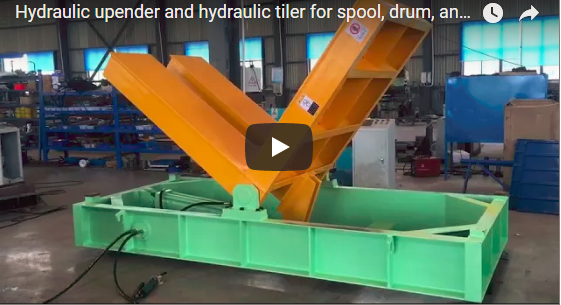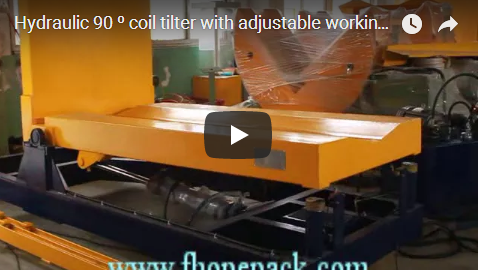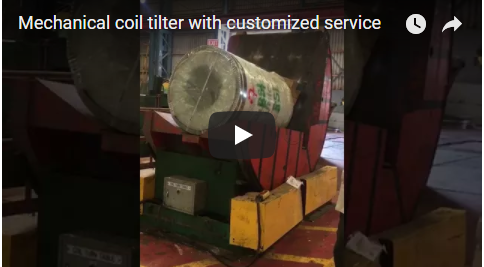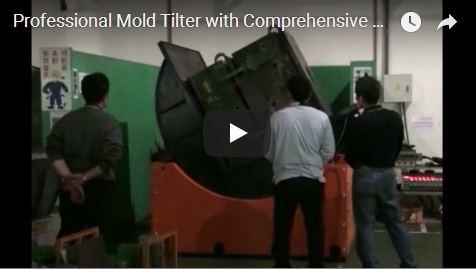Automated panel handling represents a significant leap forward in manufacturing efficiency and workplace safety. The video above demonstrates a sophisticated panel turning machine, specifically engineered for the demanding task of rotating and manipulating large or heavy panels within a production environment. This system is designed for seamless integration with conveyor lines, enabling precise rotation – including 180-degree flips and full 360-degree turns – crucial for processes requiring access to both sides of a workpiece or specific orientation changes.
1. The Challenge: Limitations of Manual Panel Handling
Traditionally, rotating heavy or unwieldy panels involves manual labor or rudimentary mechanical aids. These methods often present significant drawbacks:
- Safety Risks: Manual lifting and flipping pose risks of musculoskeletal injuries to workers.
- Product Damage: Panels can be easily scratched, dented, or dropped during manual handling.
- Inefficiency: Manual rotation is time-consuming, creating bottlenecks in the production flow.
- Inconsistency: Achieving precise orientation manually can be challenging, impacting subsequent automated processes.
Automated solutions like the panel rotating machine shown directly address these issues, providing a safer, faster, and more reliable handling method.
2. Advanced Design for Robust Operation: Mechanism & Structure
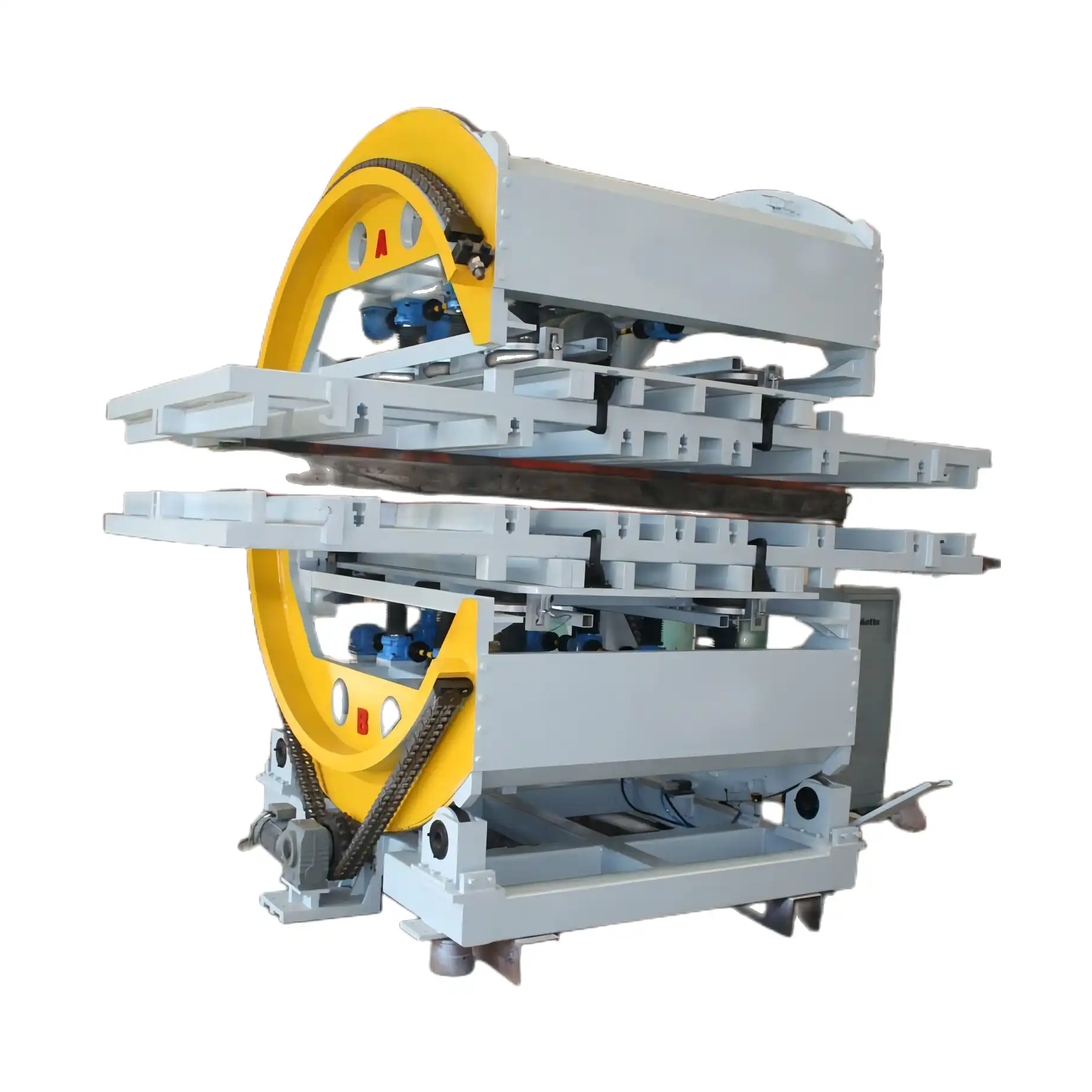
The core functionality of this industrial panel handling system relies on a well-engineered mechanical design:
- Clamping System: Secure clamps, often pneumatically or hydraulically actuated, firmly grip the panel edges without causing damage. The clamping pressure is typically adjustable to suit different panel materials and thicknesses.
- Rotation Mechanism: A powerful electric motor coupled with a high-torque gearbox drives the rotation. The use of precision bearings ensures smooth and stable movement throughout the rotation cycle. Variable Frequency Drives (VFDs) often control the motor speed for soft starts/stops, minimizing stress on the panel and mechanism.
- Structural Frame: A heavy-duty steel frame provides the necessary rigidity and stability to handle significant panel weights and dynamic forces during rotation. Finite Element Analysis (FEA) is often employed during the design phase to optimize structural integrity.
- Conveyor Integration: The machine is designed to interface seamlessly with roller or belt conveyors for automated in-feed and out-feed, facilitating continuous production flow. Sensors detect panel presence and position to synchronize operations.
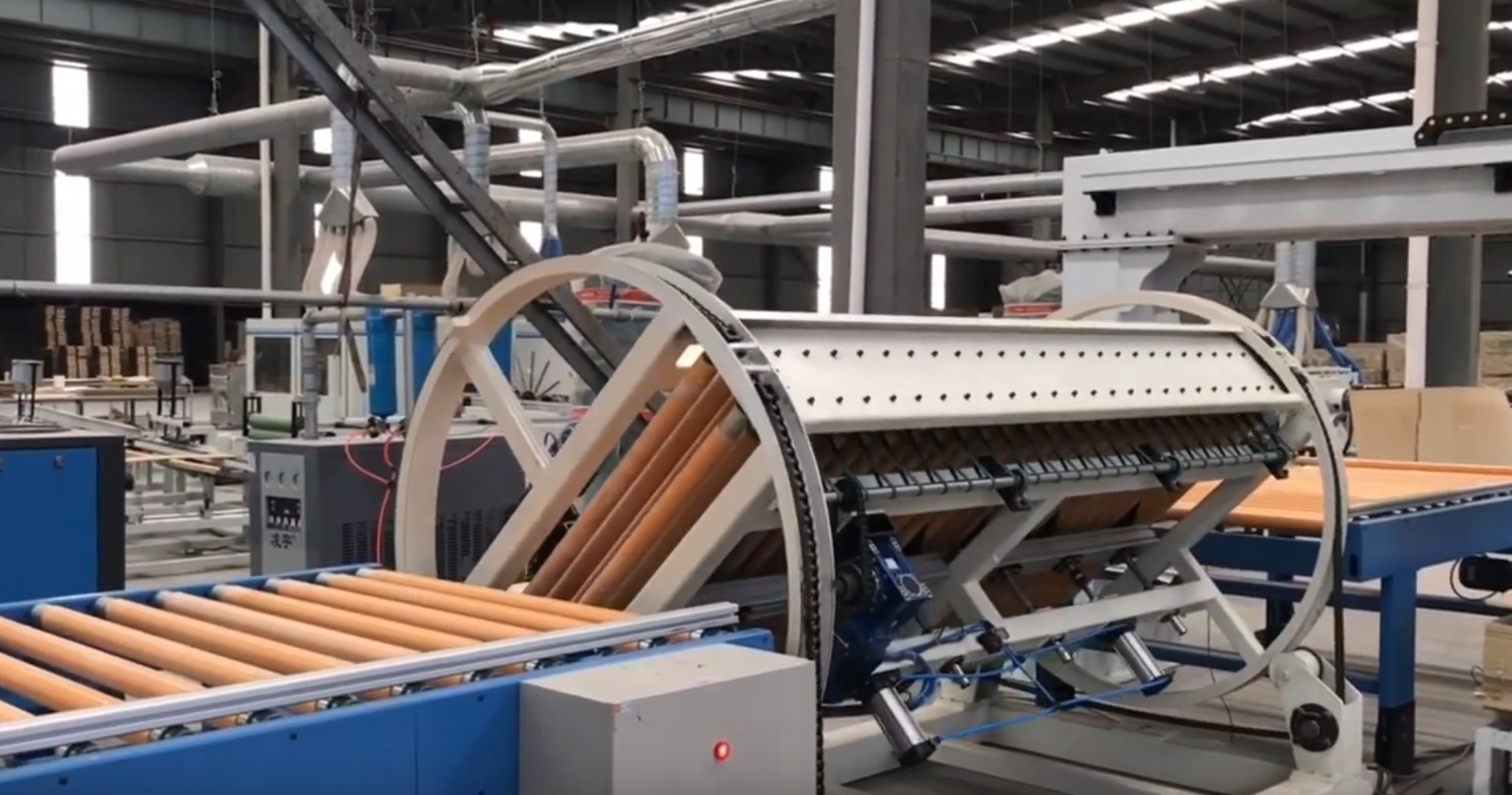
3. Key Components Breakdown
Understanding the core components provides insight into the machine's reliability and performance:
- Main Frame: Provides structural support; typically constructed from welded heavy-gauge steel.
- Rotation Assembly: Includes the drive motor, gearbox, main shaft, and bearing housings.
- Clamping Units: Pneumatic or hydraulic cylinders, gripping pads, and guidance mechanisms.
- Drive Motor: Typically a three-phase AC induction motor sized for the required torque.
- Gear Reducer: Increases torque and controls rotational speed.
- Control System: Programmable Logic Controller (PLC) orchestrates the sequence of operations, reads sensor inputs, and controls actuators. Common brands include Siemens, Allen-Bradley, or Mitsubishi.
- Sensors: Proximity sensors, photo-eyes, or laser sensors detect panel presence, position, and confirm clamp status.
- Human-Machine Interface (HMI): Touchscreen panel for operators to monitor status, select operating modes, and adjust parameters.
- Safety Features: Emergency stop buttons, safety guarding (physical barriers or light curtains), interlocks to prevent operation under unsafe conditions.
4. Technical Specifications & Performance Data
While exact specifications vary by model and application, typical performance parameters for such automated panel rotation systems include:
- Parameter | Typical Value/Range
- ---|---
- Rotation Capability: | 0 - 360° (Programmable, e.g., 90°, 180°, 270°, 360°)
- Maximum Panel Size (L x W x T): | e.g., 3000 mm x 1500 mm x 100 mm
- Maximum Panel Weight: | e.g., 250 kg - 1000 kg+
- Cycle Time (180° Rotation): | Approx. 10 - 25 seconds (excluding transfer)
- Cycle Time (360° Rotation): | Approx. 15 - 35 seconds (excluding transfer)
- Clamping Method: | Pneumatic / Hydraulic
- Control System: | PLC (e.g., Siemens S7, Allen-Bradley ControlLogix)
- Power Requirements: | 400V/480V 3-Phase, 50/60Hz
- Machine Footprint (Approx.): | Varies significantly based on panel size (e.g., 4m x 3m)
- Integration: | Compatible with standard conveyor heights and communication protocols (e.g., Profinet, Ethernet/IP)
Note: These are indicative values. Always refer to manufacturer specifications for precise data.
5. Seamless Integration into Automated Production Lines
A key strength of this panel turning equipment is its ability to integrate smoothly into larger automation systems.
- Conveyor Handshake: The machine communicates with upstream and downstream conveyors to ensure panels are transferred safely and efficiently only when both systems are ready.
- Process Synchronization: The PLC can receive signals from or send signals to other machines (e.g., CNC routers, sanding machines, assembly stations) to coordinate operations.
- Flexible Positioning: Capable of stopping at precise angles, not just 180° or 360°, allowing for versatile positioning required by subsequent processes.
- Reduced Buffering: Automation minimizes the need for large buffer zones often required in manual handling scenarios.
6. Diverse Application Areas
This type of panel handling system finds application across numerous industries:
- Woodworking & Furniture: Rotating panels for edge banding, sanding, finishing, or assembly on both sides.
- Metal Fabrication: Handling sheet metal for inspection, welding access, or coating.
- Glass & Window Manufacturing: Carefully rotating large, fragile glass sheets or window frames.
- Aerospace & Automotive: Positioning composite panels or sub-assemblies.
- Appliance Manufacturing: Flipping chassis or housings during assembly.
- Packaging: Orienting large cardboard blanks or finished containers.
7. User Experience & Maintenance Considerations
From an operational standpoint, these machines offer significant benefits but require proper management:
- Ease of Operation: Modern HMIs provide intuitive controls, status visualization, and diagnostic information, simplifying operation and troubleshooting.
- Enhanced Safety: Properly implemented safety features drastically reduce the risk of accidents associated with manual handling.
- Preventative Maintenance: Regular checks are crucial for long-term reliability. This includes lubricating bearings and guides, inspecting clamping pads for wear, checking pneumatic/hydraulic lines for leaks, and verifying sensor functionality.
- Return on Investment (ROI): While representing an initial investment, the ROI is typically justified through increased throughput, reduced labor costs, improved product quality (less damage), and enhanced worker safety.
8. Conclusion: Optimizing Flow with Automated Rotation
The 360-degree panel turning machine showcased is more than just a handling device; it's a critical component for optimizing workflow in modern manufacturing. By replacing hazardous and inefficient manual processes with precise, automated rotation, businesses can achieve higher productivity, ensure consistent quality, improve safety, and maintain a competitive edge in demanding production environments. Its robust design, reliable components, and seamless integration capabilities make it an invaluable asset for handling panels of various sizes and weights across diverse industries.

